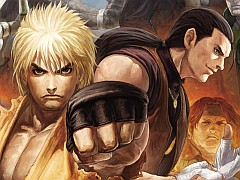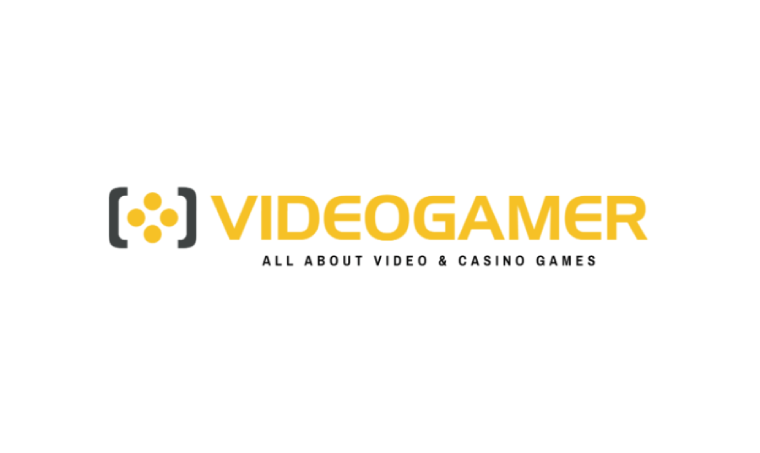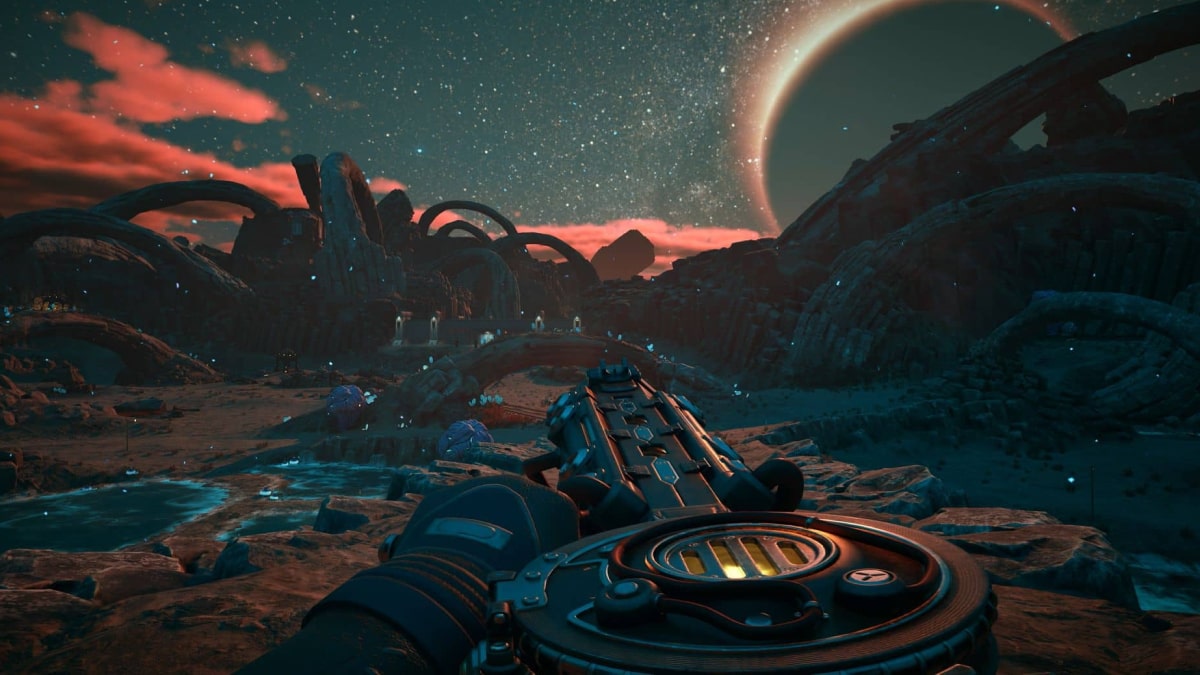You can trust VideoGamer. Our team of gaming experts spend hours testing and reviewing the latest games, to ensure you're reading the most comprehensive guide possible. Rest assured, all imagery and advice is unique and original. Check out how we test and review games here
Time to don those rose-tinted nostalgia goggles; another retro compilation has hit the shops. This time all three games from the decade old 2D beat-em-up series Art of Fighting have been given a new lease of life. Question is: has it been worth it? Answer: sort of.
Never heard of Art of Fighting? Don’t blame you. The Neo Geo fighter from the early Nineties was overshadowed by Capcom’s Streetfighter 2, and with good reason. It’s simply not as good, with loose controls, imprecise collision detection and cheating AI. That Anthology reprises arcade perfect conversions of Art of Fighting 1, 2 and 3 must then mean that this release has been a complete waste of time. Not so.
In all honesty Art of Fighting 1 and 2 are complete train wrecks. The first is a dour fighter with frustrating gameplay. The second is barely playable on your own because the computer is such a cheating git, even on the easy difficulty. But the third game, The Path of the Warrior, is much better. In fact, I would go as far as to say that it alone justifies trying to hunt down a cheap copy of the game – if you’re a fan of these types of games.
With much better graphics (the trademark zooming in and out of the action when characters move away from each other looks best in 3), improved collision detection, tighter controls and a more varied move list, AoF3, while nowhere near as good as the best 2D Japanese fighters from the early to mid-Nineties, is decent fun, especially when played against a mate. You’ve got loads more moves to mess about with, like Pursuit Attacks (follow-up hits on downed opponents) Moving Wallops (counters that put your opponent off balance), Body Tosses, Rush Attacks, Hidden Special Attacks and Super Special Attacks (devastating attacks that become available when you drop below 25 per cent life). And you’ve even got the ultra stop-everything-and-watch Ultimate K.O. attacks (one round wins triggered when both fighters have less than 25 per cent health and you K.O. an opponent with a Super Special Attack). There’s actually a lot of depth to the combat, which makes it even more of a shame that you never feel you have the same level of control over your character as you do in Capcom’s 2D fighting classics.
What makes AoF different from other fighters, even modern ones, is the Rage Gauge, which is used to power special attacks like quarter circle forward fireballs and forward down forward dragon punches. The Rage Gauge is filled by beating the crap out of your opponent or taunting them (circle on the PS2 pad), which sucks a bit of Rage from their bar but leaves you exposed for a couple of seconds. You need to watch your Rage bar closely – unleashing a flurry of fireballs from the off and you’ll deplete it, crippling your character. The Rage bar makes AoF one of the most strategic fighters out there, giving the game a chess match feel you don’t always get in more visceral, spectacular 2D fighters. I quite like it.
The potty and entirely pointless plot, one that manages to run through all three games with some semblance of continuity, is in keeping with fighters of AoF’s era. Suffice it to say, two double-hard bastards (Ryo Sakazaki and Robert Garcia) set out in search of a damsel in distress (Ryo’s sister Yuri) and find themselves embroiled in the criminal underworld of Southtown. There are enough characters (one’s called Mr. Karate!), “so bad it’s funny” bits of dialogue and manga-inspired cutscenes to please even the most obsessive Nineties Japanese game culture fan. AoF is completely nuts of course, but who cares? This is a beat-em-up after all.
As is the way with these things, AoFA will be of most interest to those who played the game back in the day, no doubt anxiously awaiting Streetfighter 4 like the return of Jesus Christ himself. These people have, however, been let down somewhat by the complete lack of fan service on the disc. Yes, the game contains arcade perfect conversions of all three games, but that’s it. There’s no art, no bios, no background info, no nothing (and no, the manual doesn’t count). Actually that’s not entirely true. You can change the colour of the game’s many characters. But we don’t care about that. We’d rather spend hours looking through wicked drawings of Ryo and Robert instead. It’s a crying shame that Anthology has ended up so bare bones, really, considering how long fans have had to wait for a return to the series.
For non fans £12.99 might be a bit steep for what is a mostly poor gathering of 2D fighters, especially when there are other much better anthologies available for the PS2. I can’t really recommend the game at full price, but if you can find it a few quid cheaper and you’re a fan of 2D fighters it’s definitely worth a punt, but only for Art of Fighting 3. Yes, Ryo is a complete Ken rip off. And yes, 66 per cent of the game is rubbish. But there is fun to be found in Art of Fighting Anthology, if you know where to look. Don’t take those goggles off just yet. Some things change, but some things stay the same.

/https://oimg.videogamer.com/images/760b/art_of_fighting_anthology_3.jpg)






